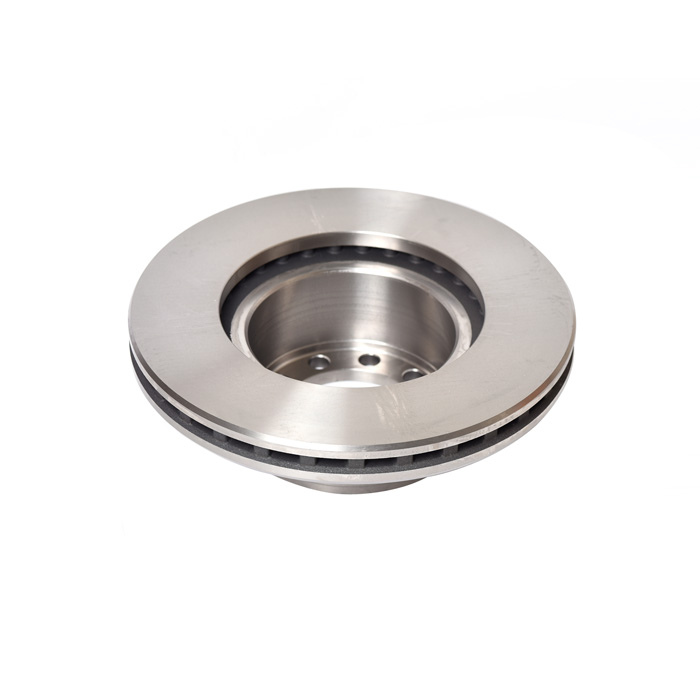- English
- Español
- Português
- русский
- Français
- 日本語
- Deutsch
- tiếng Việt
- Italiano
- Nederlands
- ภาษาไทย
- Polski
- 한국어
- Svenska
- magyar
- Malay
- বাংলা ভাষার
- Dansk
- Suomi
- हिन्दी
- Pilipino
- Türkçe
- Gaeilge
- العربية
- Indonesia
- Norsk
- تمل
- český
- ελληνικά
- український
- Javanese
- فارسی
- தமிழ்
- తెలుగు
- नेपाली
- Burmese
- български
- ລາວ
- Latine
- Қазақша
- Euskal
- Azərbaycan
- Slovenský jazyk
- Македонски
- Lietuvos
- Eesti Keel
- Română
- Slovenski
- मराठी
- Srpski језик
What material are Mercedes-Benz brake discs made of?
2024-01-05
The material of Mercedes-Benz brake discs is ceramic. The brake pads of this material are used because the brake pads of this material have good wear resistance and mechanical strength, as well as their low braking noise. The brake pads are bonded with steel plates and have a heat insulation layer. And the friction block is composed of friction material and adhesive. When braking, it is squeezed on the brake disc or brake drum to generate friction, thereby achieving the purpose of deceleration.
Automobile brake pads are generally composed of steel plates, adhesive insulation layers and friction blocks. The steel plates must be painted to prevent rust. During the coating process, an SMT-4 furnace temperature tracker is used to detect the temperature distribution during the coating process to ensure quality.
Car brake pads, also called car brake pads, refer to the friction material fixed on the brake drum or brake disc that rotates with the wheel. The friction linings and friction pads bear external pressure and generate friction to achieve vehicle deceleration. Purpose.
The metal base of the brake pad and the brake disc are already in the state of iron grinding. At this time, you will see bright iron chips on the edge of the tire near the rim. It is recommended to check the brake pad wear regularly to see if it is usable, rather than just trusting the warning light.
Car owners should increase the frequency of self-inspection. Some models do not have the conditions for visual inspection due to the design of the wheel hub, and the tires need to be removed to complete. Ready to replace at any time. The thickness will gradually become thinner with constant friction during use. The thickness of a new brake pad is generally about 1.5cm. When the thickness of the brake pad is only about 1/3 of the original thickness (about 0.5cm) with the naked eye, the brake pad should be replaced.



